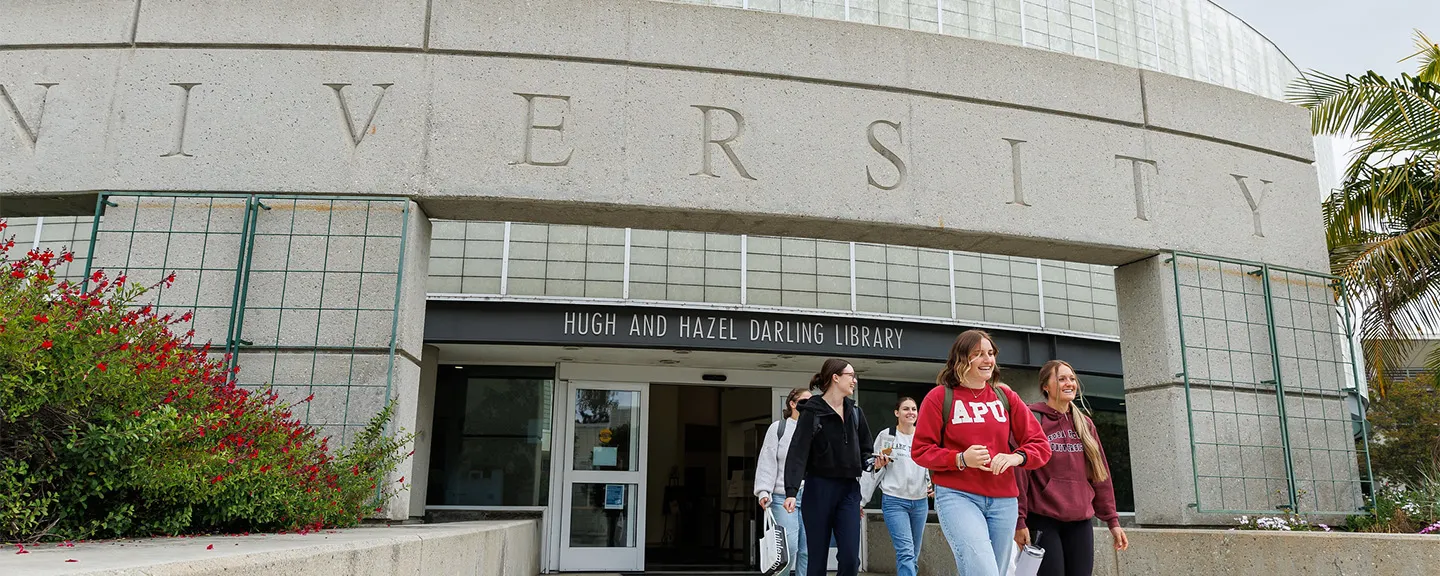- Home
- >
- APU Articles
- >
- News Article
College Grant vs. Scholarship: What's the Difference?
August 25, 2023 | Written By Morgan T. Rogers

While grants and scholarships are both free funds that make higher education more affordable and accessible for students, they have different application processes, qualifications, and ongoing eligibility requirements. Understanding these differences can help you determine which one best fits your needs.
Understanding a College Grant vs. Scholarship
The simplest difference between these forms of financial aid is that grants are needs-based and scholarships are merit-based. Whether or not you receive a grant depends on where you fit within a specific demographic. Your eligibility might be based on finances or family size, but some private-sector grants are specific to certain ethnicities, religions, or unique life circumstances (such as being in the foster system).
Scholarships, on the other hand, are determined by your accomplishments. Many institutions offer academic merit-based scholarships; in other words, your eligibility is based on your GPA. However, grades aren’t the only thing that may get you merit-based financial aid. Scholarships are also available to students with specific majors or who have shown exceptional leadership skills or community involvement.
College Grants
Pros
- They don’t need to be paid back.
- They don’t require a specific GPA.
- They’re widely available from the state government, the federal government, nonprofit organizations, and schools.
Cons
- The “free money” aspect of government-issued grants may have caveats. If you drop classes or receive additional outside funds that decrease your financial need, you may be required to pay back part or all of the grant.
College Scholarships
Pros
- They don’t need to be paid back.
- There are no limits to how many scholarships you can receive.
- They’re widely available from the state government, the federal government, nonprofit organizations, and schools.
- You can receive scholarships even if you have a higher family income.
Cons
- They’re very competitive.
- Some applications can take a lot of time to complete.
- They may require you to maintain a specific GPA to keep your eligibility.
How the Application Processes Work
You can easily apply for state and federal grants by completing your Free Application for Federal Student Aid (FAFSA). Your information will automatically determine your eligibility based on your family income and other factors. For private grants and scholarships, you’ll need to apply individually to various organizations.
Fortunately, many websites allow you to search for financial aid opportunities based on your demographics, skills, grades, and more. Search engines such as Finaid, Fastweb, and CollegeXpress can help you find scholarships and grants to apply for.
Most universities also have grant and scholarship opportunities, so it’s worth asking about them as you navigate the application process. Before you decide you can’t afford to attend a school, consider applying and waiting to receive your financial aid offer letter before making that call.
Identifying the Best Type of Financial Aid for You
You don’t have to decide between a grant or a scholarship: you can apply for both! However, you may decide it’s better to spend your energy on one or the other.
If you’re high-achieving academically, have taken honors or AP classes, or have an exceptional GPA, scholarships might be worth the time it takes to apply. They may also be a good choice if you’re a strong writer, as many scholarships require an essay or personal statement. Showing interest in particular programs may also make scholarships worthwhile. Programs that often come with supplemental grants include music, journalism, and athletics.
Grants require less time on the application side but generally cater to lower-income families, minorities, students with disabilities, and groups of people who are considered high-need. If this sounds like you, you may be able to qualify for grants outside of those that are state or federally funded.
Grants and scholarships both offer support to make college more accessible to all students. To learn more about understanding financial aid or applying for a grant vs. scholarship, contact the Azusa Pacific Undergraduate Admissions team.